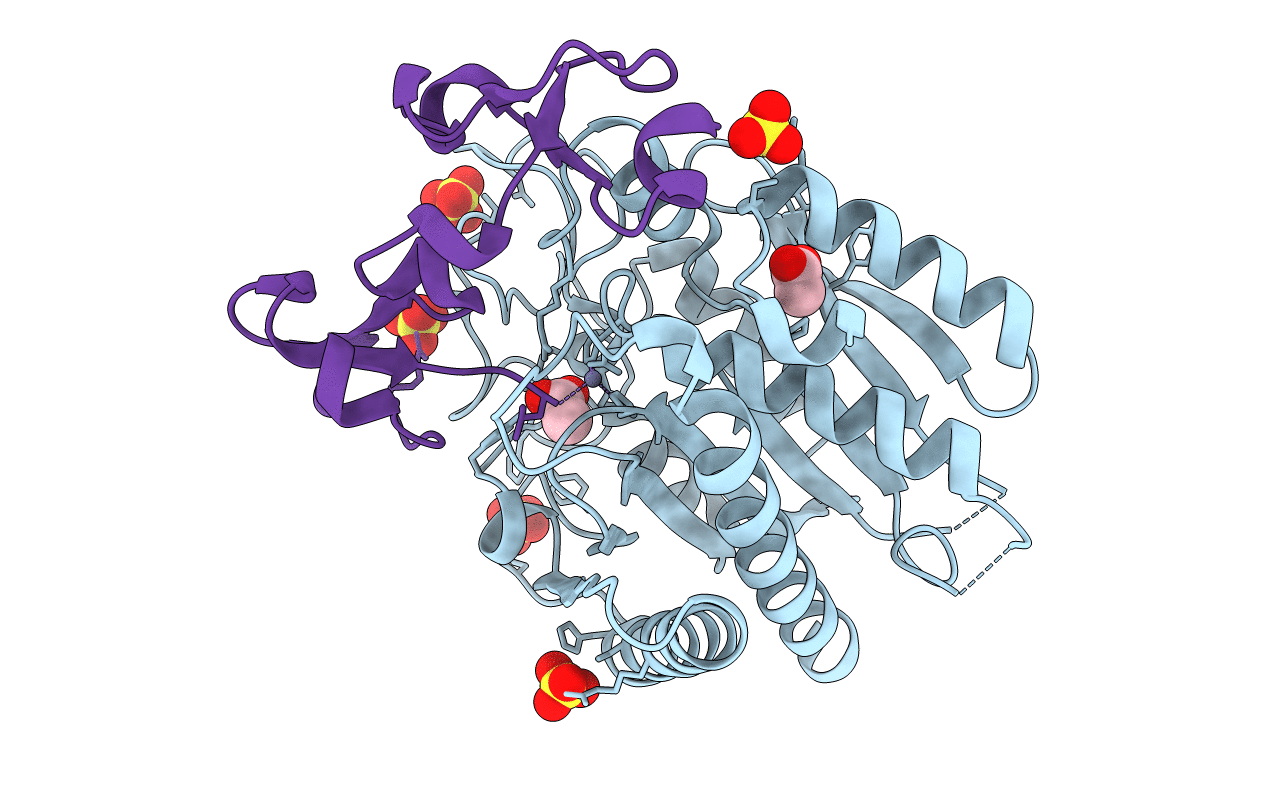
Deposition Date
2008-05-15
Release Date
2008-08-19
Last Version Date
2024-10-30
Entry Detail
PDB ID:
3D4U
Keywords:
Title:
Bovine thrombin-activatable fibrinolysis inhibitor (TAFIa) in complex with tick-derived carboxypeptidase inhibitor.
Biological Source:
Source Organism:
Rhipicephalus bursa (Taxon ID: 67831)
Bos taurus (Taxon ID: 9913)
Bos taurus (Taxon ID: 9913)
Host Organism:
Method Details:
Experimental Method:
Resolution:
1.70 Å
R-Value Free:
0.17
R-Value Work:
0.15
R-Value Observed:
0.15
Space Group:
P 32 2 1


